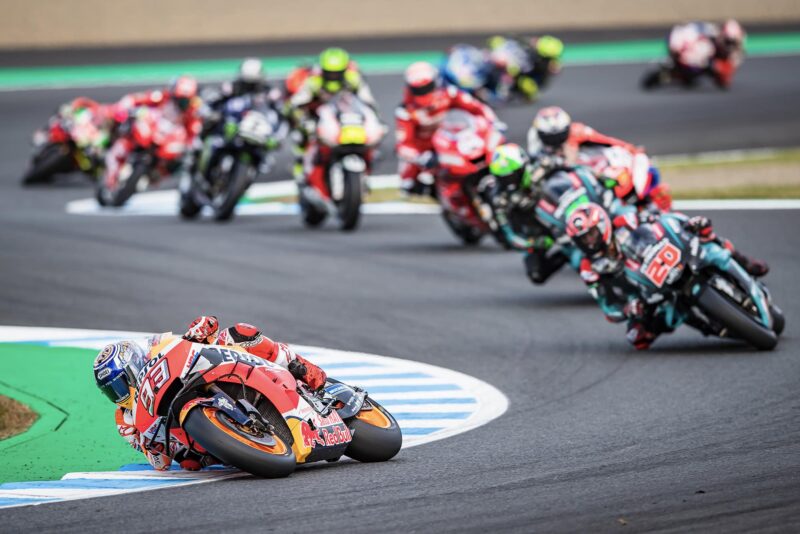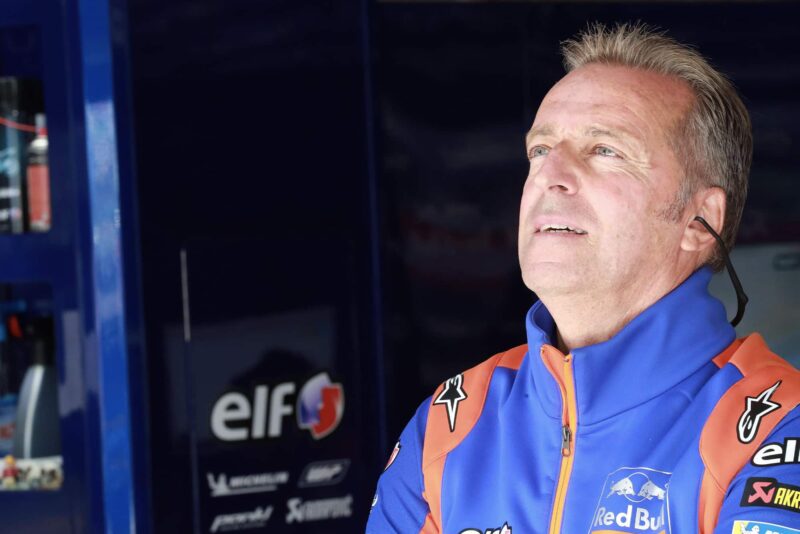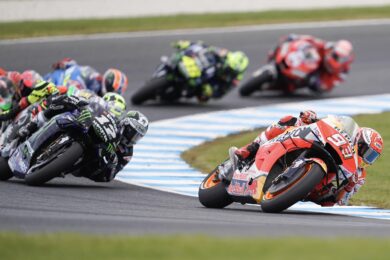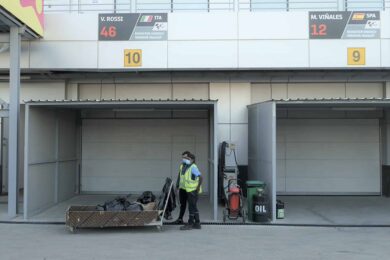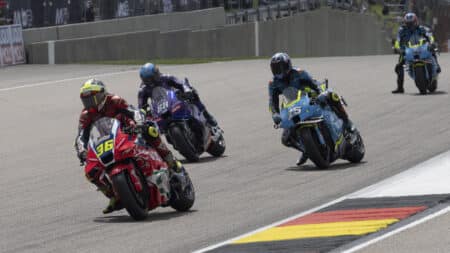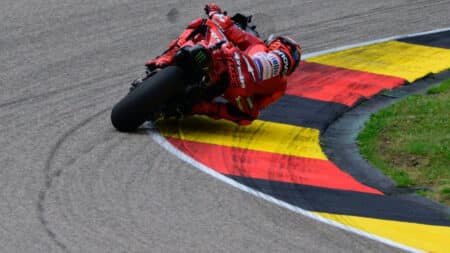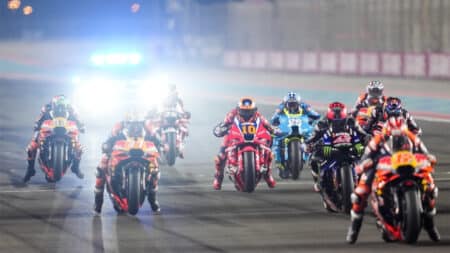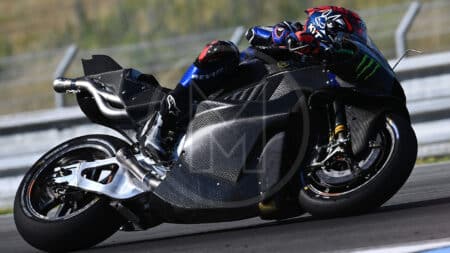Both Poncharal and Beirer have been impressed by the spirit of cooperation between the six manufacturers in the MSMA.
“I want to underline that we’ve had really great conversations between all the manufacturers,” adds Beirer. “We speak weekly and share our thoughts and our problems.
“We have already committed to huge cost savings by agreeing to stick with the same bikes for 2021, so the bikes we used in last month’s tests in Qatar will be the bikes we use in 2021. Although in reality, this isn’t so much a cost-saving programme as much as a survival programme.”
Poncharal’s IRTA role demands he looks after all the teams in the paddock.
“A month ago IRTA gave a small financial contribution to Moto2 and Moto3 teams,” he explains. “The next step was to help the independent MotoGP teams, for which we’ve finalised support for April, May and June, and now we are working on more support for Moto2 and Moto3 teams.
“Dorna are doing an incredible job to help us, by negotiating with their owners Bridgepoint, who are showing a huge amount of goodwill, because they understand that by helping teams to keep going we can restart without losing too much time when we go racing again. If teams go bankrupt they will lose staff and then we won’t have the grids ready, so it will take much longer to get going again.”
The MSMA’s next task is to develop longer-term cost-cutting regulations, because when the world emerges from this crisis there will be more unemployment and less money around, which means fewer sales and reduced profits.
“It’s a simple calculation – you can only spend what you earn,” affirms Beirer. “So if we earn less our racing budget will be less. On the other hand, in the long-term MotoGP is here to develop motorcycles to the highest possible level, so if we keep the same bikes for the next ten years we would save money but we would also get less money from sponsors and so on, because people want to see us develop special machinery.”
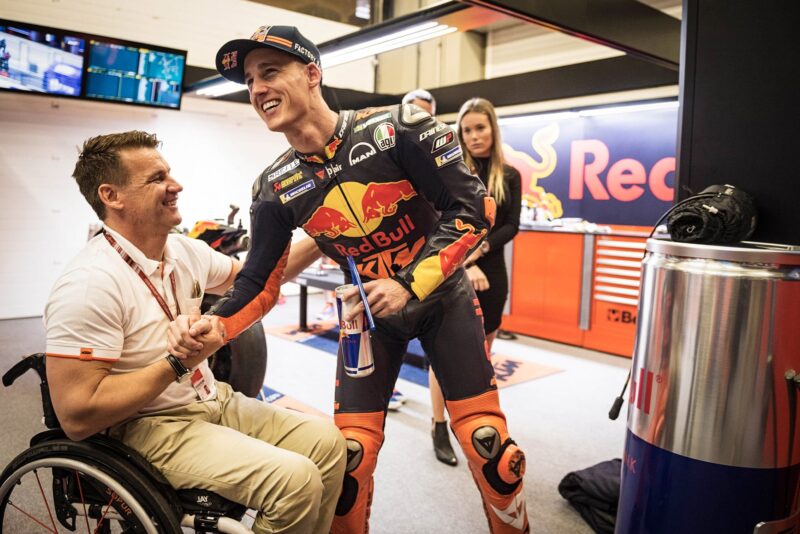
KTM motorsport director Pit Beirer with Red Bull KTM MotoGP rider Pol Espargaró
KTM
Poncharal is delighted that one supposed cost-saving regulation – which has been under consideration on and off for years – has finally been abandoned.
“I was upset when the old Loch Ness Monster idea – the one-bike rule – came up again,” he says. “It’s a stupid idea. The best thing about MotoGP is the show and a one-bike rule would hurt the show. The format we have now works really well, but with one bike only we’d have to change a lot of things: you couldn’t have FP4, then Q1 and Q2, and you couldn’t have flag-to-flag races, which helps the show tremendously.
I think we will see a different business model for teams in MotoGP
“Also, what do you gain from restricting riders to one bike? You still need a spare bike, ready to assemble, and if the rider has a big crash you’ll need more mechanics to get the bike ready for the next session. We need to keep the show, so I’m glad the one-bike idea is finally where it belongs, back in Loch Ness.”
KTM and other factories are taking drastic measures to get through this crisis and to survive the aftermath. KTM staff – from MotoGP riders to management to factory workers – have already agreed to take a pay cut.
“We already have a strong plan to get through this crisis,” continues Beirer. “The big target is to not reduce the number of people working in KTM, so we don’t damage the core of our business. But we have postponed all new programmes and if someone leaves the company I am not allowed to replace them.
